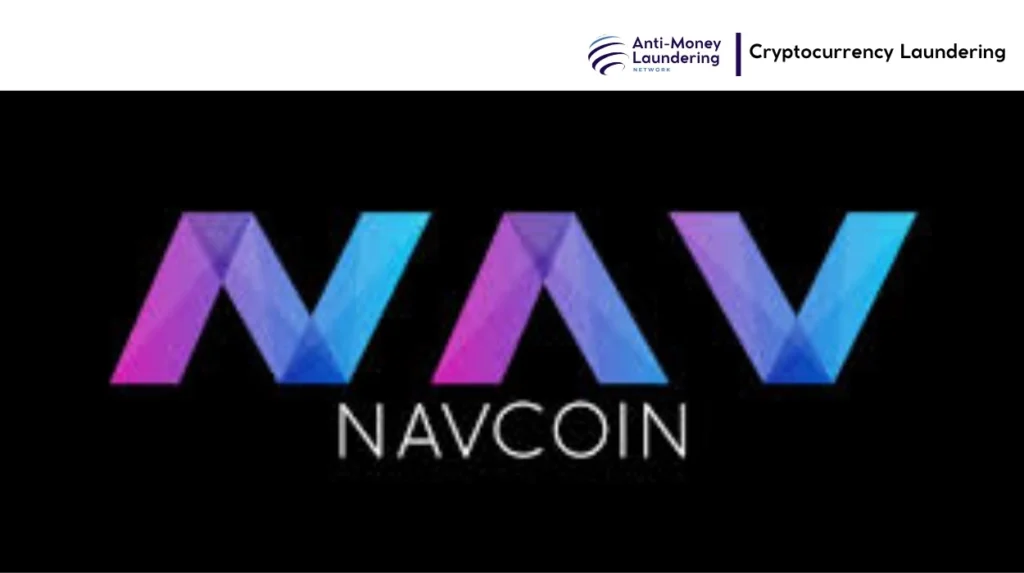NavCoin, a privacy-focused cryptocurrency, has increasingly drawn attention for its susceptibility to misuse in money laundering schemes, particularly in New Zealand. The coin’s strong privacy and anonymization features facilitate the concealment of illicit funds and complex layering to obscure the origins and destinations of criminal proceeds. Given New Zealand’s recent crackdown on cryptocurrency misuse—with measures such as banning crypto ATMs and tightening anti-money laundering regulations—NavCoin’s role as a tool for laundering has become a significant concern for regulators and law enforcement. The anonymous nature of transactions with NavCoin challenges traditional financial monitoring systems, making it attractive to criminals seeking to evade detection and integrate illicit funds into the legitimate economy. This critical vulnerability underscores the broader challenge virtual assets present to New Zealand’s financial integrity and the global fight against financial crime. The situation demands continuous and adaptive regulatory responses to manage the risks posed by privacy coins like NavCoin while balancing legitimate user privacy rights.
NavCoin’s privacy-focused design has rendered it susceptible to use in money laundering schemes both in New Zealand and globally. In New Zealand, a surge in illicit activities involving converting cash to cryptocurrencies through crypto ATMs—where coins like NavCoin were used for anonymizing funds—prompted decisive government interventions in 2025, including a complete ban of crypto ATMs and limits on international cash transfers. These moves aim to disrupt criminal networks leveraging NavCoin to obscure and transfer illicit money across borders. Despite no public confirmation of specific PEP involvement, ongoing regulatory tightening and enhanced financial intelligence efforts reflect serious concerns over NavCoin’s role in facilitating financial crime, with enforcement actions focused on dismantling anonymization channels and ensuring compliance among virtual asset providers. The estimated laundering volumes involving NavCoin-linked transactions contribute significantly to New Zealand’s broader crypto financial crime challenges. This illustrates the global challenge posed by privacy coins like NavCoin in anti-money laundering efforts, emphasizing the need for continued vigilance and evolving regulatory frameworks.

